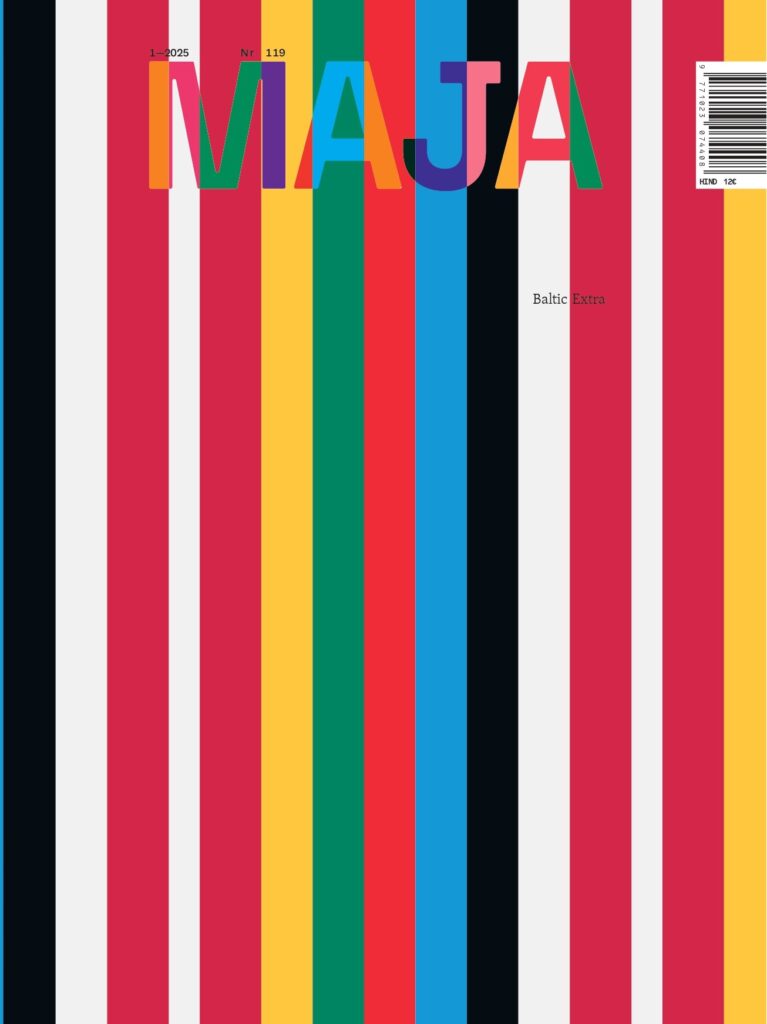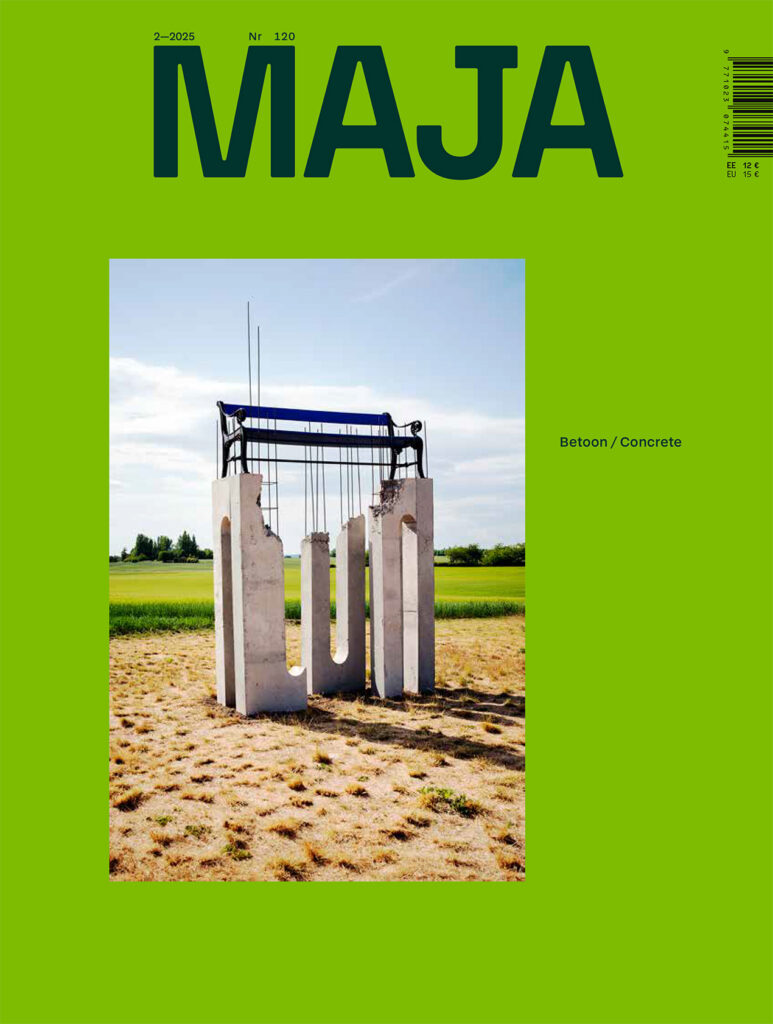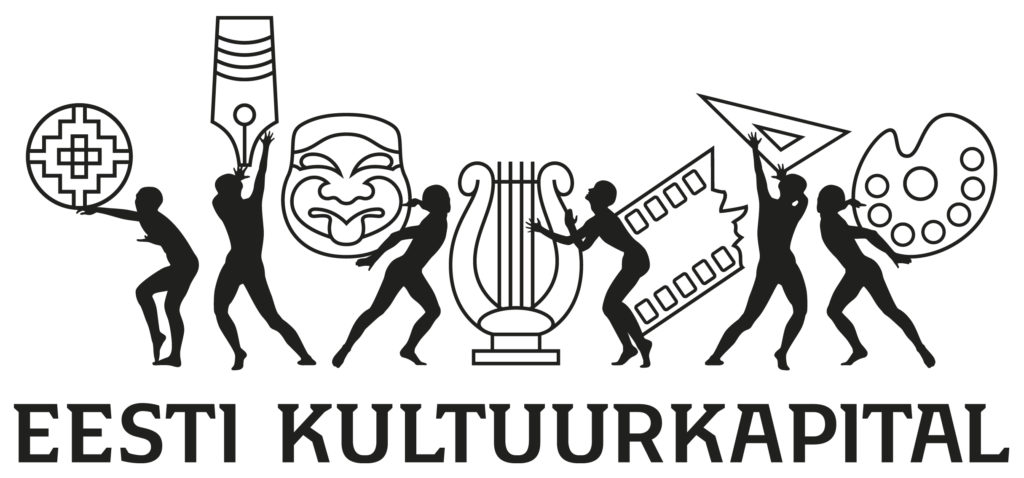OUTSET
Baltic Spaces
Laura Linsi, Madli Kaljuste
PROJECT
Latvian Song Festival Grounds
Riga, LV
Mailitis Architects, Arhitekta J. Pogas birojs
Karli Luik
RESEARCH
Metsepole. Life Between Two Forests
Toms Kokins
ESSAY
Landscape of Defence
Liene Jākobsone
INVENTORY
Narva A-Z
Francisco Martínez, Joosep Kivimäe
PROJECT
Contemporary Art Centre in Vilnius
V. E. Čekanauskas (1967),
V. Ozarinskas (2000s),
Audrius Bučas ja Marina Bučienė (2024)
Andrius Ropolas
ÉTUDES
Pretensions in the Basement, The Least Seen Floor in Terra Mariana
Hans Alla
PROJECT
Estonian Statehood House
PLSAB, Urmas Lõokese arhitektuuribüroo
Linda Kaljundi
REVISIT
Same Same, but Different
Hannes Aava
BALTIC EXTRA
Estonia, Latvia, and Lithuania, collectively known as the Baltics, are three small countries that most of the world finds pretty much indistinguishable. As a geopolitical term, ‘the Baltics’ took root only in the 20th century. The more distant past and cultural history of the three countries differ on several levels. Perhaps it is namely in defiance against externally imposed homogenising simplifications that we tend to turn to more distant places for inspiration and view local trends and tendencies as something confined only to national borders.
However, anxious times encourage unity, urging us to discover and interpret our identity instead of letting others define us. Attempts at self-definition are reflected in the re-introduction of the coats-of-arms of Baltic German noble families to the walls of the Estonian Statehood House in Tallinn (p. 100) as well as in neutralising the dirty realism of the 2000s in the Contemporary Art Centre in Vilnius (p. 84). The three countries are geopolitically peculiar: Estonia, Latvia, and Lithuania are the only former members of the Soviet Union (having been occupied after the Second World War) that belong to both the European Union and NATO today. The eastern border of the Baltics is simultaneously that of the EU and of the democratic world. Francisco Martínez describes life on the border as that of living on the edge, where differences but also contacts are intensified (p. 64). The physical realities of this state of affairs – fences, Czech hedgehogs, concrete blocks – and their impact on people and landscapes is discussed by Liene Jākobsone (p. 56).
In order to be carried and consolidated not only by fear, but also joy, pleasure, and curiosity, it is important to perceive other Baltic commonalities and peculiarities. A big narrative we share is that of singing – ‘Three stars / Three sisters / Three song festivals’. And three symbolic buildings. Karli Luik suggests that the indexical architecture of the new Latvian song festival grounds could be called boreal postmodernism (p. 28). When we asked architects in the region about Baltic spatial features, we mostly heard of cliff-lined shores, shading canopies, haystacks, and other loosely defined spaces (p. 10). Wide breadth, blurred boundaries, ambiguous endings and beginnings – the charm of the Baltic condition is not easy to grasp. But as Latvians say, per Reinis Salins: ‘Katram savs stūrītis’ (‘Everyone has their own corner’).
Laura Linsi, Editor-in-chief
Madli Kaljuste, Editor
April, 2025





